Workplace safety is paramount in ensuring the health and wellbeing of employees across all industries. Safety equipment, often referred to as Personal Protective Equipment (PPE), plays a crucial role in mitigating risks and preventing injuries on the job. Properly selected and maintained safety gear is not just a regulatory requirement; it is an investment in the safety and productivity of the workforce.
Safety equipment ranges from basic items like safety helmets and gloves to more specialised gear such as respirators and fall protection harnesses. Each piece of equipment is designed to protect against specific hazards that employees may encounter in their daily tasks. For instance, safety helmets protect against head injuries, while safety goggles shield the eyes from flying debris or chemical splashes.
Exploring Different Types of Safety Equipment

Safety equipment is essential across a variety of industries, protecting workers from numerous hazards. The range of safety equipments available is vast, but they can generally be categorized into three main types based on the protection they offer: physical, chemical, and biological protection.
Physical Protection:
- Helmets and Hard Hats: Protect the head from falling objects and bumping against fixed objects.
- Safety Boots: Shield the feet from heavy falling objects, sharp piercings, and slip hazards.
- Gloves: Vary in type to protect against cuts, abrasions, and vibrations.
Chemical Protection:
- Respirators and Masks: Prevent inhalation of hazardous chemical particles and gases.
- Chemical-resistant Gloves and Clothing: Protect skin from corrosive materials.
- Eyewear: Safety goggles and face shields guard against chemical splashes.
Biological Protection:
- Protective Clothing: Full-body coveralls can prevent exposure to infectious agents.
- Face Shields and Masks: Essential for protecting facial mucous membranes from splashes.
- Gloves: Different materials and thicknesses protect against various levels of biohazard contamination.
Key Safety Equipments for Specific Industries
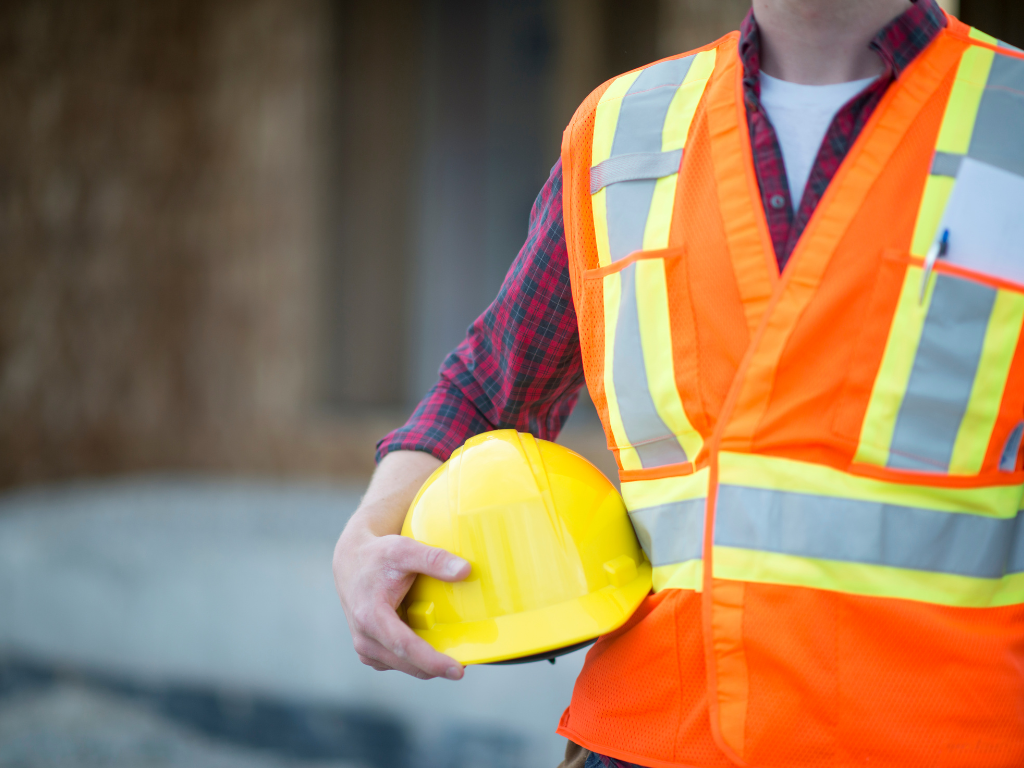
Different industries require specific types of safety equipment tailored to the risks associated with their environments:
Construction Industry:
- Fall Protection Gear: Harnesses and lanyards to prevent fall-related injuries.
- Visibility Vests: High-visibility clothing is crucial for worker safety on busy sites.
Manufacturing Industry:
- Hearing Protection: Earplugs and earmuffs in environments with high noise levels.
- Protective Gloves: Specialised gloves to handle machinery or hot materials.
Chemical Processing Industry:
- Full Face Respirators: Comprehensive respiratory protection against toxic chemicals.
- Acid-resistant Clothing: Specially designed to withstand corrosive spills.
Innovative Safety Equipment for High-Risk Environments:
- Smart Helmets: Equipped with augmented reality and communication technologies for enhanced situational awareness.
- Advanced Monitoring Devices: Wearables that monitor vital signs and environmental hazards in real-time.
Finding Safety Workwear Near Me
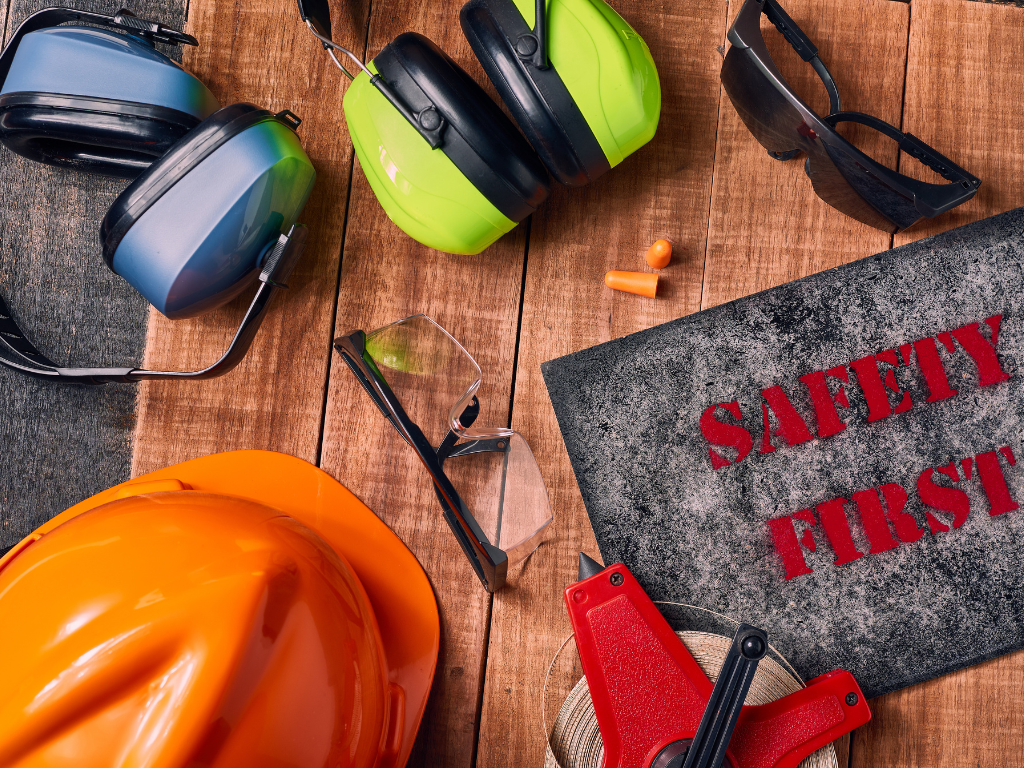
How to Locate Suppliers of Safety Workwear and Equipment Locally
Finding reliable suppliers of safety workwear near me can be crucial for maintaining workplace safety standards. Start by searching online directories and local business listings for safety equipment suppliers. Utilize keywords such as AAsafety to refine your search. Attending local trade shows and consulting industry publications can also connect you with reputable suppliers.
Tips for Assessing the Quality of Local Safety Wear Suppliers
When assessing local suppliers, consider the following:
- Reputation: Check customer reviews and testimonials to gauge the supplier’s reliability and service quality.
- Certifications: Ensure that the supplier offers products that are certified under relevant safety standards.
- Product Range: Look for a supplier with a diverse range of products that cater to various safety needs.
- Customer Service: Good suppliers will offer advice, fitting services, and after-sales support.
How to Choose the Right Safety Equipment for Your Needs
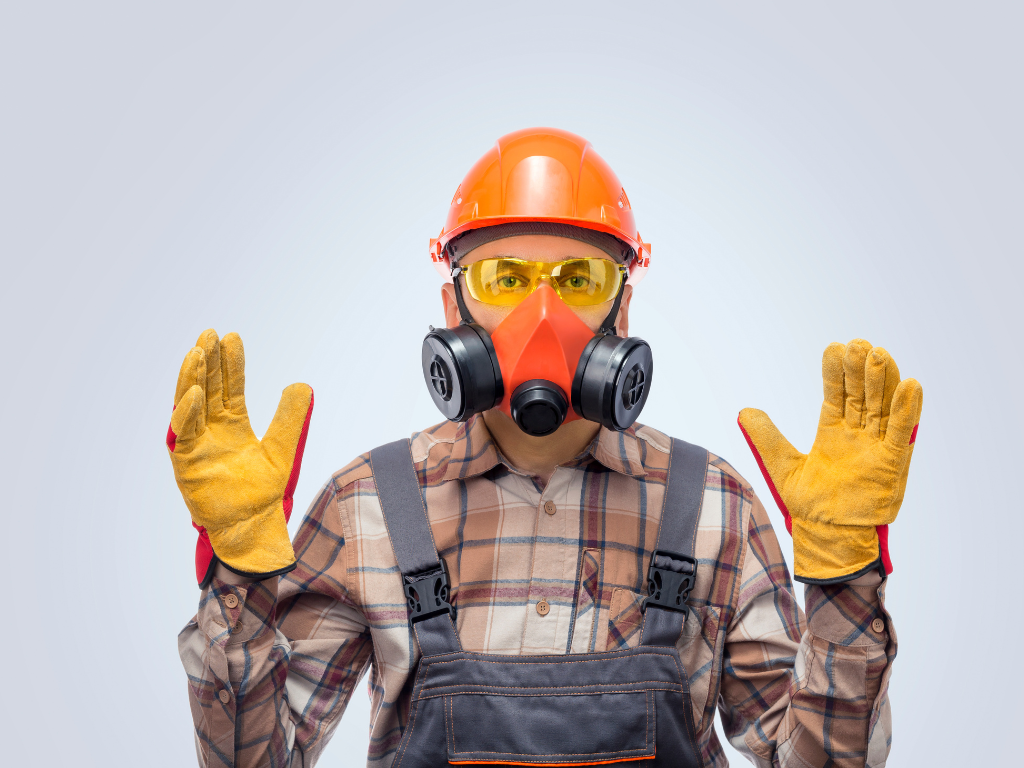
Factors to Consider When Selecting Safety Equipment
Selecting the right safety equipment involves several crucial considerations:
- Fit: Properly fitting equipment is vital for comfort and effectiveness. Ensure that items like helmets, gloves, and footwear are the right size.
- Material: The material should be suitable for the hazard and work environment. For example, use heat-resistant gloves for welding but chemical-resistant gloves for handling solvents.
- Compliance with Safety Standards: Always choose equipment that meets or exceeds national and international safety standards to ensure maximum protection.
Importance of Choosing Equipment That Suits the Specific Hazards of Your Workplace
It’s essential to match your safety equipment to the specific risks associated with your workplace. Conduct a risk assessment to understand these hazards and consult with safety professionals to determine the most appropriate types of protective gear. This ensures that employees are adequately protected against specific dangers they face daily.
Discount Safety Wear: Balancing Cost and Quality
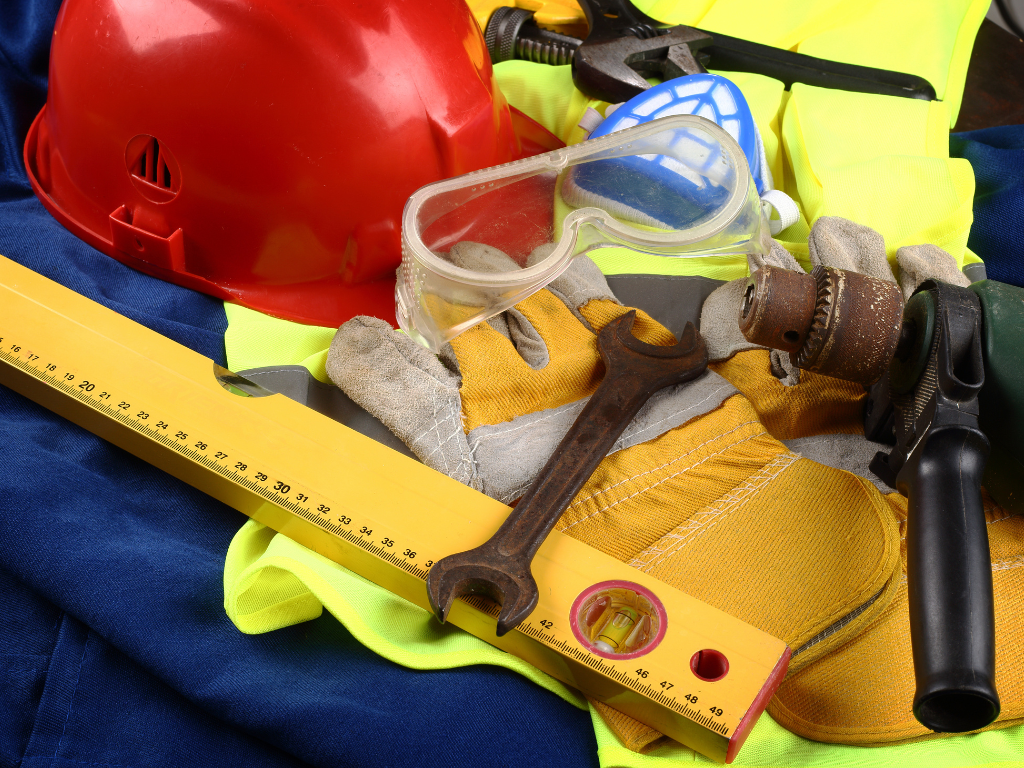
How to Find Discount Safety Wear Without Compromising on Quality
Finding quality safety wear at a discount can significantly reduce business expenses. Consider the following:
- Bulk Purchases: Buying in bulk often leads to significant discounts. Coordinate with other businesses to increase purchasing power.
- End-of-Season Sales: Many suppliers offer discounts on last season’s stock. This can be a great opportunity to acquire high-quality safety wear at reduced prices.
- Online Deals: Check online retailers and comparison sites for the best deals, but ensure you verify the authenticity and certification of the products.
Discussing the Balance Between Price, Effectiveness, and Durability in Safety Equipment
Balancing cost with quality and durability is key when purchasing safety equipment. Opt for products that offer the best long-term value rather than just the lowest upfront cost. Durable and effective safety wear not only protects better but also reduces the frequency of replacement, offering better cost efficiency over time.
Finding Safety Workwear Near Me
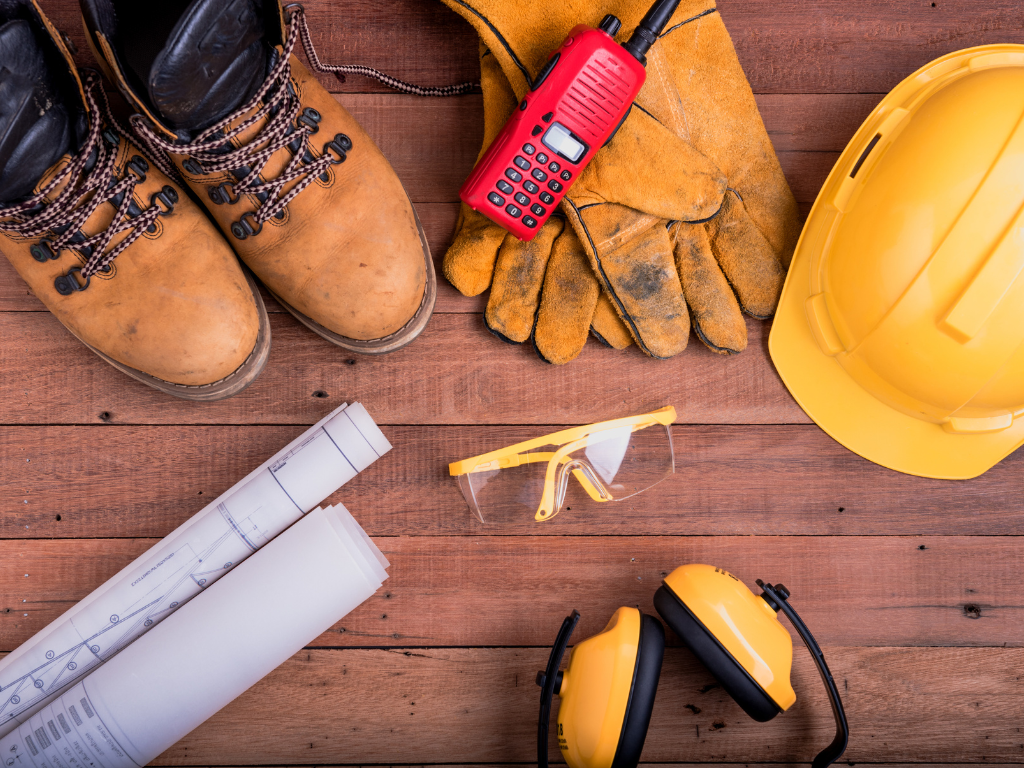
How to Locate Suppliers of Safety Workwear and Equipment Locally
Finding reliable suppliers of safety workwear near you can be crucial for maintaining workplace safety standards. Start by searching online directories and local business listings for safety equipment suppliers. Utilize keywords such as “safety workwear near me” or “safety equipment suppliers in [Your City]” to refine your search. Attending local trade shows and consulting industry publications can also connect you with reputable suppliers.
Tips for Assessing the Quality of Local Safety Wear Suppliers
When assessing local suppliers, consider the following:
- Reputation: Check customer reviews and testimonials to gauge the supplier’s reliability and service quality.
- Certifications: Ensure that the supplier offers products that are certified under relevant safety standards.
- Product Range: Look for a supplier with a diverse range of products that cater to various safety needs.
- Customer Service: Good suppliers will offer advice, fitting services, and after-sales support.
How to Choose the Right Safety Equipment for Your Needs
Factors to Consider When Selecting Safety Equipment
Selecting the right safety equipment involves several crucial considerations:
- Fit: Properly fitting equipment is vital for comfort and effectiveness. Ensure that items like helmets, gloves, and footwear are the right size.
- Material: The material should be suitable for the hazard and work environment. For example, use heat-resistant gloves for welding but chemical-resistant gloves for handling solvents.
- Compliance with Safety Standards: Always choose equipment that meets or exceeds national and international safety standards to ensure maximum protection.
Importance of Choosing Equipment That Suits the Specific Hazards of Your Workplace
It’s essential to match your safety equipment to the specific risks associated with your workplace. Conduct a risk assessment to understand these hazards and consult with safety professionals to determine the most appropriate types of protective gear. This ensures that employees are adequately protected against specific dangers they face daily.
Discount Safety Wear: Balancing Cost and Quality
How to Find Discount Safety Wear Without Compromising on Quality
Finding quality safety wear at a discount can significantly reduce business expenses. Consider the following:
- Bulk Purchases: Buying in bulk often leads to significant discounts. Coordinate with other businesses to increase purchasing power.
- End-of-Season Sales: Many suppliers offer discounts on last season’s stock. This can be a great opportunity to acquire high-quality safety wear at reduced prices.
- Online Deals: Check online retailers and comparison sites for the best deals, but ensure you verify the authenticity and certification of the products.
Discussing the Balance Between Price, Effectiveness, and Durability in Safety Equipment
Balancing cost with quality and durability is key when purchasing safety equipment. Opt for products that offer the best long-term value rather than just the lowest upfront cost. Durable and effective safety wear not only protects better but also reduces the frequency of replacement, offering better cost efficiency over time.
Maintenance and Upkeep of Safety Equipment
Best Practices for Maintaining Safety Equipment to Ensure Longevity and Effectiveness
Maintaining safety equipment is crucial to ensure it remains effective and extends its usable life. Here are some best practices:
- Regular Cleaning and Inspection: All safety equipment should be regularly cleaned and inspected for any signs of damage or wear. For instance, helmets and goggles should be checked for cracks or scratches that could impair their protective abilities.
- Proper Storage: Store equipment in a clean, dry environment to prevent damage. Avoid exposing safety gear like gloves and harnesses to extreme temperatures or direct sunlight, which can degrade materials over time.
- Follow Manufacturer’s Maintenance Guidelines: Each piece of equipment will have specific maintenance requirements detailed by the manufacturer. Following these guidelines ensures that the equipment functions properly and maintains its certification standards.
Regular Maintenance Routines and Check-ups for Various Types of Safety Gear
Establishing regular maintenance routines is key to ensuring the ongoing reliability of safety equipment:
- Personal Protective Equipment (PPE): Inspect PPE before each use. Replace items like respirator filters and damaged parts according to the manufacturer’s recommendations.
- Fire Safety Equipment: Check fire extinguishers monthly for proper pressure and refill them as necessary. Annually, have them checked by a professional.
- Fall Protection Gear: Inspect harnesses and lanyards for fraying or other damage before each use. Conduct a detailed review annually or after any incident to ensure they are safe to use.
Ensuring Employee Safety Through Proper Equipment
Safety equipment plays a vital role in protecting employees from workplace hazards. Properly selected and maintained, it significantly reduces the risk of injuries and fatalities. It is an indispensable part of complying with occupational health and safety regulations and maintaining a safe working environment.
